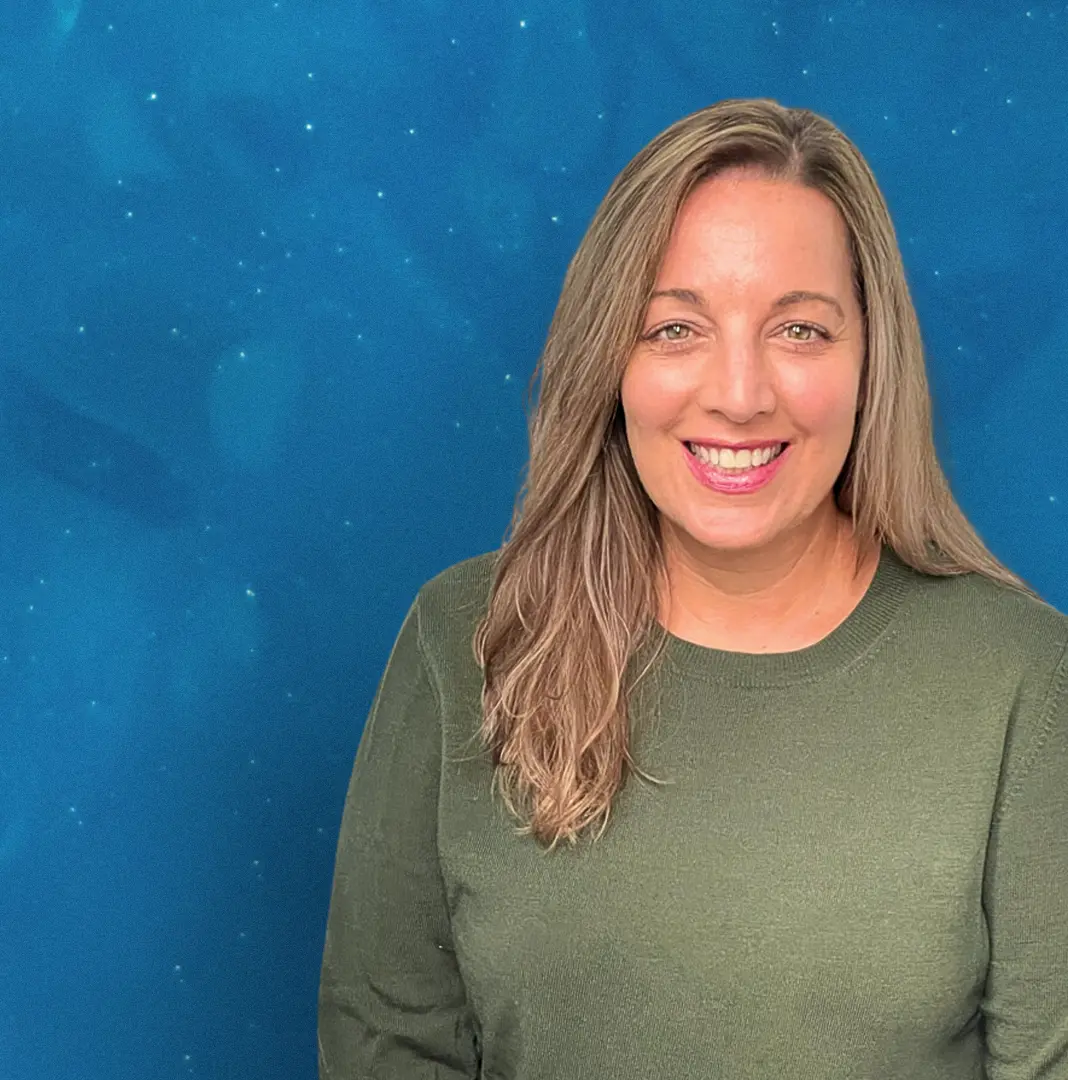Too big for small group, too small for large group
The Paskin Group is a real estate investment and management company located in sunny Santa Barbara California. If you ask Whitney Stucky, People and Development manager, their biggest asset is their people.
When Whitney started with Paskin nearly 8 years ago they had 30 employees. They’ve since grown to over 80 employees, but not without benefits growing pains. While they’ve always offered good PPO coverage to their employees, they were frustrated by the constraints and complications that age-banded pricing presented. They couldn’t break out of those constraints until they had at least 50% participation and over 50 employees over a 12 month period, something that seemed out of reach with the current costs.
At the same time, they were dropped by their previous HRIS once they hit 75 employees because they were considered a “large group”, leaving them stuck in no man’s land. On the one hand, too small for creative options from a bigger broker, but too large to benefit from their previous solutions.
What is age-banded pricing? While each state has different markers, age-banded pricing applies to smaller businesses based on their employee size. It requires that the premiums for medical plans be calculated based on the age of the person being insured. It also applies for each dependent that person would like to insure. It can add cost and complication for organizations and their employees.
Re-capping her initial conversation with Nick Severson, her Nava team member, Whitney says “Our goals were to get rid of age-banded plans, simplify the admin process and have more negotiating power as a large group employer so that we have access to more options.” In order to do that, they needed to increase participation in their plans, convince the leadership team that investing more was going to result in better long term results, all while hoping to decrease costs for employees and the company.
Administrative challenges in no man’s land
We’ve discussed the challenges to The Paskin Group and their employees, but what about Whitney? As a human resources team of one, Whitney is responsible for anything that has to do with people operations. Benefits are just one of the things she has to consider every day, which means that she needs the right technology and broker partnership on her side to help her optimize her time and implement the right solutions for her team.
It quickly became apparent that technology was a big piece of the puzzle for The Paskin Group. Many HRIS solutions won’t support age-banded pricing for benefits. Others won’t support small groups, and some will only support you if you fit their definition of large group. Just like with the benefits options she had access to, Whitney and the Paskin group were once again left in a gray area without the information, partnership and technology that they needed to move forward.
Year one: increasing participation
Whitney worked with Nick to model out several different options that would increase employee participation in their plans, all with the goal of eventually qualifying for large group coverage. Previously the company had paid 50% of premiums for all employees until they hit three years. With this new solution, the company increased that to 80% for the bronze tier, 70% for the silver tier and 60% for the gold tier, decreasing the costs for employees across the board.
Before they were ready to roll out the plans Whitney had to get the executive team on board with the risk of spending more in order to lower costs and increase options in the following years. She and Nick worked together to model out costs for that first year, as well as the potential payoff in savings and opportunities that those costs would provide. The executive team approved the initiative and open enrollment began.
Whitney and Nick were thrilled to see that employees and executives saw the vision. Enrollment went up to over 50% for the first time in company history, and the financial modeling proved to be accurate.
With enrollment up, they are now ready to solve the challenge of HRIS simplification. The team will be migrating to Paylocity with the help of the Nava team.
Year two: innovative solutions for decreased costs and management time
Year one proved to be a success, but the real test came when it was time for year two: the payoff.
When open enrollment came around, Whitney was excited to get to work exploring options. She says: “Nick was up front with us that changing to large group would be great for our benefits administration challenges and great for planned negotiations, but it might not save us or employees money right away. Even knowing it wasn’t a guarantee, we were excited to see what was out there.”
What is a composite rating structure? A composite rate is based on the average risk profile of a group rather than the risk profile of an individual policyholder. The rating structure is usually done in four tiers: Employee Only, Employee + Spouse/Domestic Partner, Employee + Child(ren), and Employee + Family. This approach generally makes it easier for employers and employees to manage and predict costs.
Throughout the process, a few more challenges arose that required some creative planning:
- Most employees live in an area that has limited options for carriers, which meant that they needed to stay with their current carrier but move to the mid-market composite rating structure
- Moving from small group to mid-size group, even at the same carrier, required significant negotiations and coordination
- The initial quote for the small group renewal was a 12% increase in costs to the organization
Luckily, the Nava team was able to handle the negotiation and coordination on the Paskin team’s behalf, which resulted in a lower cost-per-employee for the organization for better coverage for those employees.
The impact of the change was felt not just by the organization, but by the employees as well. Whitney says, “One employee at the The Paskin group saw an almost $500 per month decrease in their premiums. This particular person has a family, so they were no longer paying individual rates for each person in their family – just one, easy-to-understand rate.” It wasn’t just that employee – Whitney heard from employees of all ages that their costs were decreasing.
“Some of our employees were actually able to upgrade their coverage because the cost savings made it more affordable to them. It’s so rewarding to see the impact that this had on our employees’ ability to get the healthcare they need at a price that makes sense.”
The key to success: strategic partnership
When Whitney reflects on their transition from small group to large group, she says: “I can’t imagine going through this transition with a partner that wasn’t so caring and willing to help. Nick sat with me, with our CEO and with our president to go through all of our options. During the roll-out, he did a webinar and answered employee questions directly, which was massively helpful in getting employees educated and excited.”
The partnership with Nava played a critical role for Whitney and the The Paskin Group team. With Nava on their side, Paskin was able to:
- Think strategically to create a multi-year plan to accomplish their goals of lower costs, less administrative effort and more options
- Approach a complicated process with confidence, knowing that Nava was there with support, advocacy and advisory
- Roll out plan changes to employees easier, with the support of Nava’s team and resources to educate employees
Whitney says, “Nick helped prepare us with all of the data we needed to make the best decision for the business and our employees. We were able to answer all of the questions from executives like how much our costs would increase, how it might impact employee tenure and how this would impact employee costs.”
Advice for breaking the age-banded cycle
It’s not an uncommon struggle that Whitney and the The Paskin Group faced. Age-banded plans can cause high costs, which in turn causes low participation, which keeps organizations stuck with age-banded pricing.
It’s something that Nick has seen before. He advises organizations like The Paskin Group to do a few things to break the cycle:
Find a good partner
Nick advises HR leaders to find good partner, both inside the organization and at a brokerage. It’s critical to have an internal partner to help you navigate pitching to executives, understanding the financial landscape and successfully rolling out your initiatives. A good advisor at a brokerage will help you understand how to navigate the complicated world of benefits, carriers and regulations.
Think strategically
Like The Paskin Group, you may have to think long-term in order to eventually lower your costs and increase your options. Work with your internal and external partners to make a long-term plan with milestones that will help you gauge success along the way.
Listen to employees
Employee surveys can help you understand what your employees are looking for so that you can bring solutions to them that fit their needs.
Try something new
The old saying holds true – nothing changes if nothing changes. Nick and Whitney both emphasize the importance of working with an experienced partner to brainstorm new solutions to you overcome your unique challenges.
For Whitney, it was critical to master the communication through all aspects of the transition. When talking with executives, Whitney emphasizes the importance of data in making the right decisions, “It is critical to be able to tell a data-driven story in a way that business leaders can understand and use to make decisions.” During the roll-out with employees, the partnership with Nava helped her to communicate the benefits to employees now, as well as the plan for the future. Nava provided a customized benefits guide, an employee webinar and more resources that empowers employees to use their benefits effectively.
The impact of a benefits partnership
When Whitney began her HR journey at The Paskin group, she says that benefits was her least favorite part of her job. On top of it being overly complicated, she also got feedback from current employees and applicants that their benefits were too expensive. She found that benefits were a huge deterrent for some people, even though The Paskin Group has always gone above and beyond to show employees that they’re valued.
Now, she’s grateful to have the partnership of the Nava team to de-mystify the benefits experience and help her provide better options for her employees that no longer stand in the way of attracting and retaining great employees. She no longer dreads benefits questions, or loses sleep over a pending open enrollment season.
“I was so excited this year to be able to see what was going to happen with our costs and benefits options. If I could go back to a few years ago and tell myself anything it would be ‘It’s going to take time, but you will get there. You don’t have to dread this, you just have to find the right partner to help you.’”











.svg)

